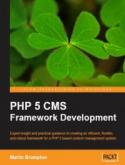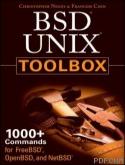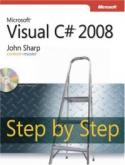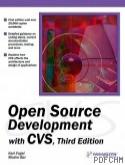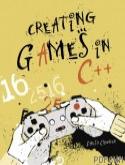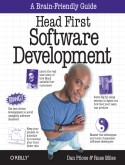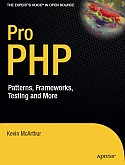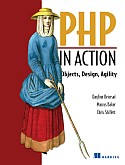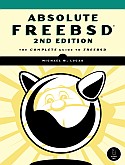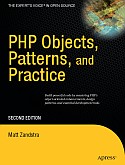Smarty PHP Template Programming And Applications Ссылки
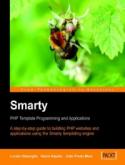
- Bring the benefits of Smarty to your PHP programming
-Give your designers the power to modify content and layout without PHP programming
-Produce code that is easier to debug, maintain, and modify
-Useful for both Smarty developers and users
Smarty is a templating engine for PHP. Designers who are used to working with HTML files can work with Smarty templates, which are HTML files with simple tags while programmers work with the underlying PHP code. The Smarty engine brings the code and templates together. The result of all this is that designers can concentrate on designing, programmers can concentrate on programming, and they don't need to get in each others way so much. Even if you are developing a site on your own, Smarty is a powerful way to make your code clearer to you and others, as well as easier to debug and modify later.
This book is a comprehensive guide to all aspects of using Smarty. It will help you to:
-Install and configure Smarty on your Web server
- Understand how Smarty affects your web site architecture, and build site foundations that make the most of what Smarty offers
- Designers will learn to work with templates that contain variables
and logic, to modify layouts or content of Smarty web sites
- See how Smarty caching can improve the performance of your sites
- Develop custom Smarty functions and plug-ins to incorporate into your templates
Using a step-by-step approach based on realistic examples, the expert authors show you how to use Smarty in your own PHP development. The book is ideal for PHP developers who are new to Smarty, and for web designers who are working with PHP developers who are using Smarty.


